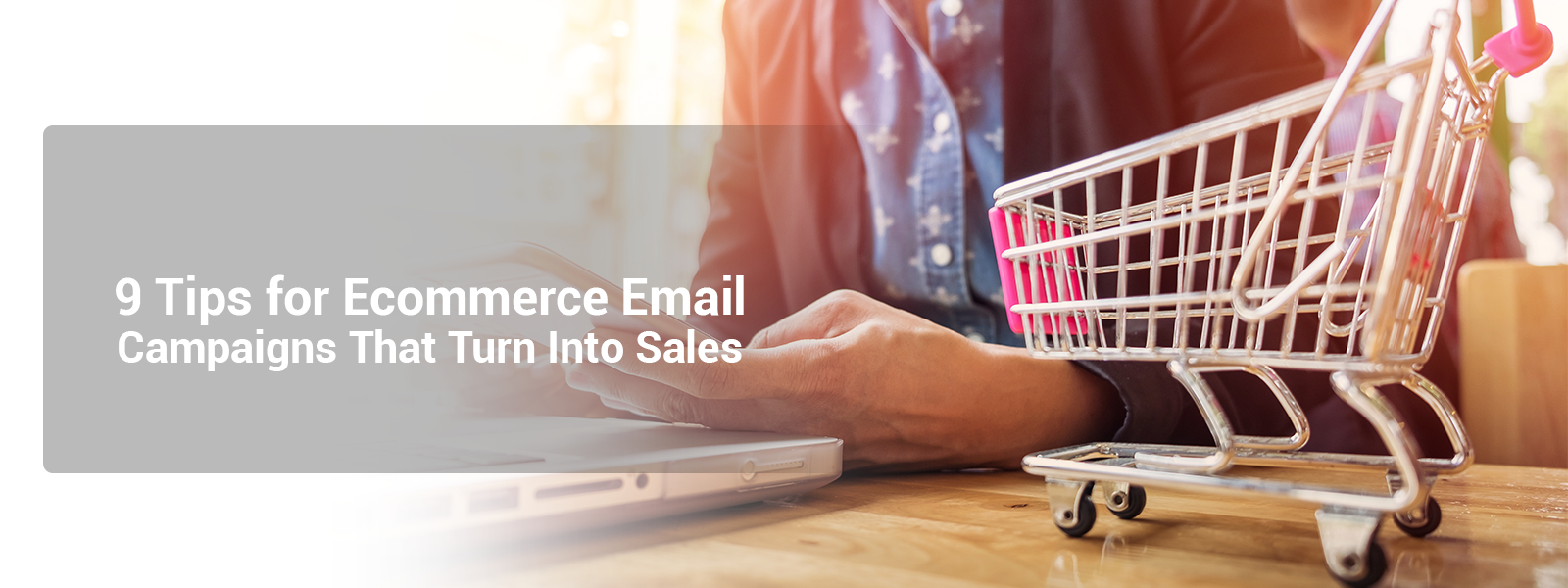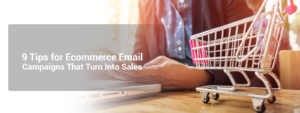
E-commerce marketing has gained popularity over the years with sales expected to hit a staggering $4.5 trillion by 2021.
One of the most popular eCommerce trends that have catapulted businesses to unimaginable heights is email marketing.
Marketers across all industries pretty much agree that email marketing delivers an excellent return on investment
Did you know that email marketing is still one of the most popular and effective marketing methods used in this age and especially with millennials? Well, now you know!
It is safe to say that email is one sure way of turning leads into conversions.
So how can you use eCommerce email campaigns to drive sales? Find out below!
1. Marketing Automation
The term refers to different technologies used to automate marketing activities across various platforms in a company. Integration is a primary aspect of marketing automation. It allows you to link, share, store, analyze, and update information across different platforms.
For example, you can integrate Salesforce to MailChimp. Marketing automation helps you achieve efficiency with less hustle.
2. Personalize Promotions via Email
Personalized emails give clients a sense of acknowledgment. While generic offers deter them, those that address their needs are always well-received. Thus, they are likely to check the product and buy it. However, companies need to understand that it goes beyond mentioning the client’s name.
Email segmentation is an easy way to convert your leads to sales. You divide your email list into various segments and then tailor a personalized message for each segment. Demographics, gender preference, and past purchase behavior are some of the factors used for segmentation. Lastly, implementing an email verifier can help ensure that your messages reach valid and active addresses, further enhancing your email marketing success.
3. Reward Customer Loyalty
A business should strive to retain its customer base as much as it strives to attract new ones. Rewarding existing customers is a good way of retaining them. You can offer discounts through a loyalty program to keep them coming back. Also, leverage ecommerce email marketing software and enhance loyalty programs, by automating personalized offers, discounts, and exclusive promotions.
4. Follow-up Emails on Abandoned Carts
It is common for buyers to fill up their cart only to abandon it later. This can be for a number of reasons (a story for another day).
But guess what? A follow-up email reminding the customer about the abandoned cart is sometimes exactly what they need to complete the purchase.
5. Special Occasions Themed Email Campaigns
Holidays provide various seasonal opportunities for eCommerce businesses. You can come up with holiday-themed offers for your customers.
companies often offer discounts and offers during the last quarter of the year as a marketing strategy. Just make sure that the offers you send are relevant – remember the personalization point? For example, you could send emails about offers on baby furniture to someone who’s bought maternity clothing in the past.
6. Re-Engagement
typically engage your support team on various platforms. An email list makes it easy for the team to follow up on customers’ engagement level.
You can reach out to customers to remind them to complete a pending transaction. It is also possible to know the customers’ interest based on their search. Use the information to recommend a purchase whenever the searched product is available or on sale using a brief, well-crafted email.
7. Use Transaction Emails as a Marketing Strategy
transaction emails consist of the basic information about your order and its status. But you already knew that. What you may have not known is that transaction emails often lead to higher engagement rates compared to the marketing ones.
You can use these emails as a platform to educate customers about your brand. Make a few recommendations of similar or complementary products.
8. Notify Customers about Back-In-Stock
Provide a subscription option for customers to receive an email when the product they are looking for is back in stock instead of removing it from the website. This keeps them in the loop and adds them to your email list.
9. Cross-Sell and Up-Sell Emails
These are used to encourage customers who have already purchased an item to consider additional products (cross-selling) or upgrade to a better version of the same product or services (up-selling).
Email marketing has proven to be an effective and time-saving approach to follow up on leads for conversions. Plus, it has an excellent ROI – you can easily make sales with a minimal investment.





